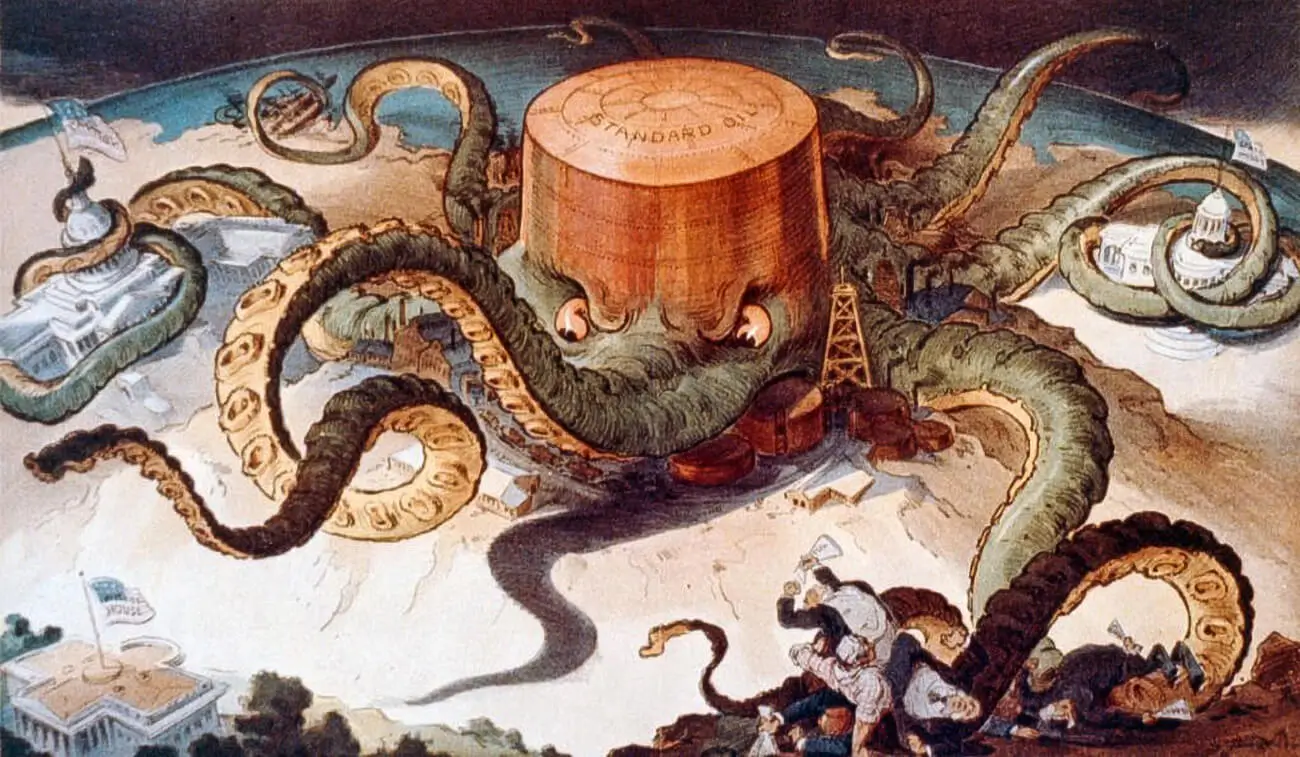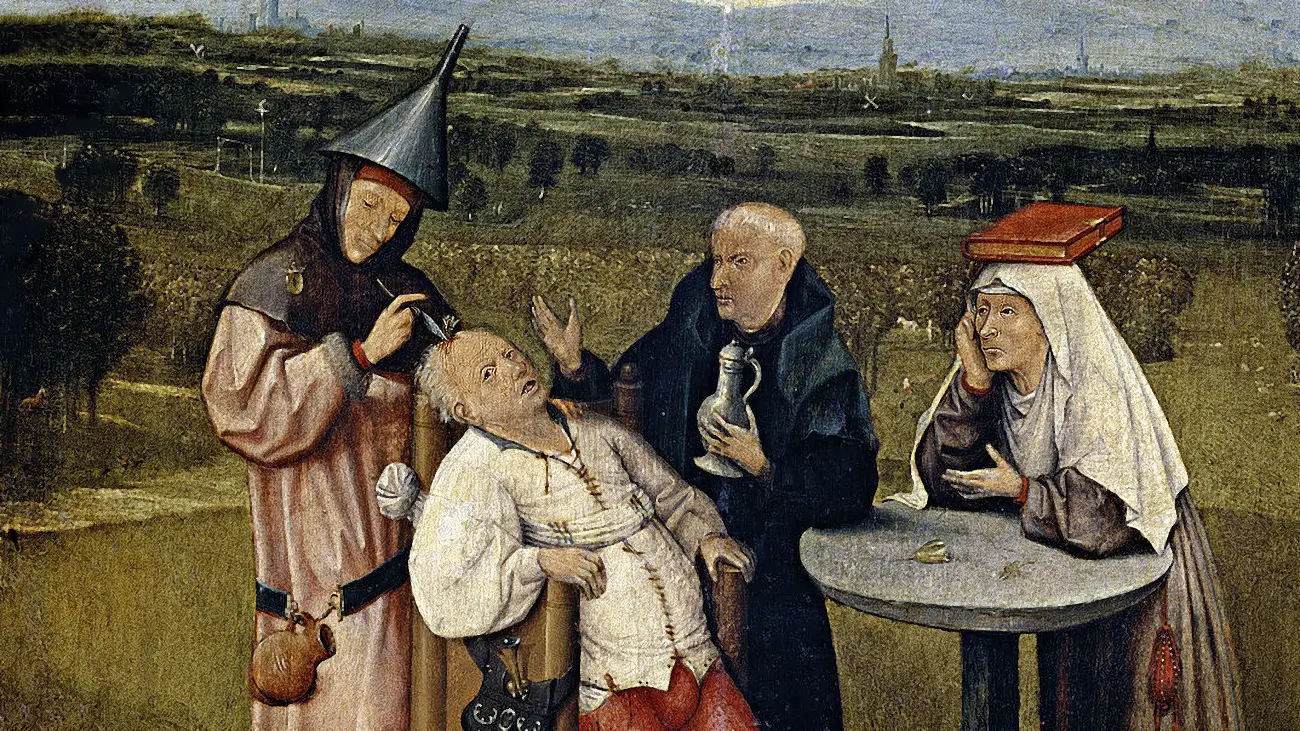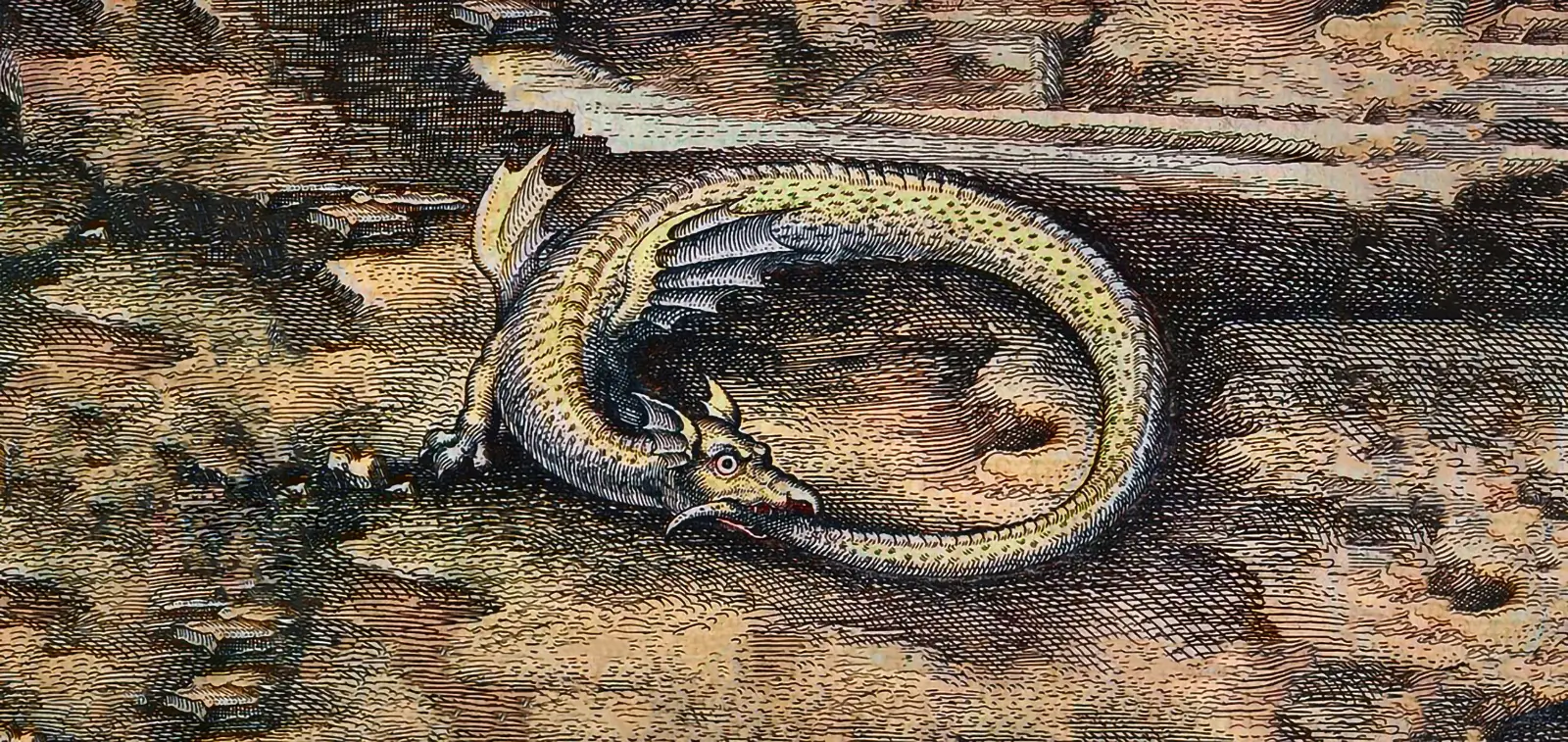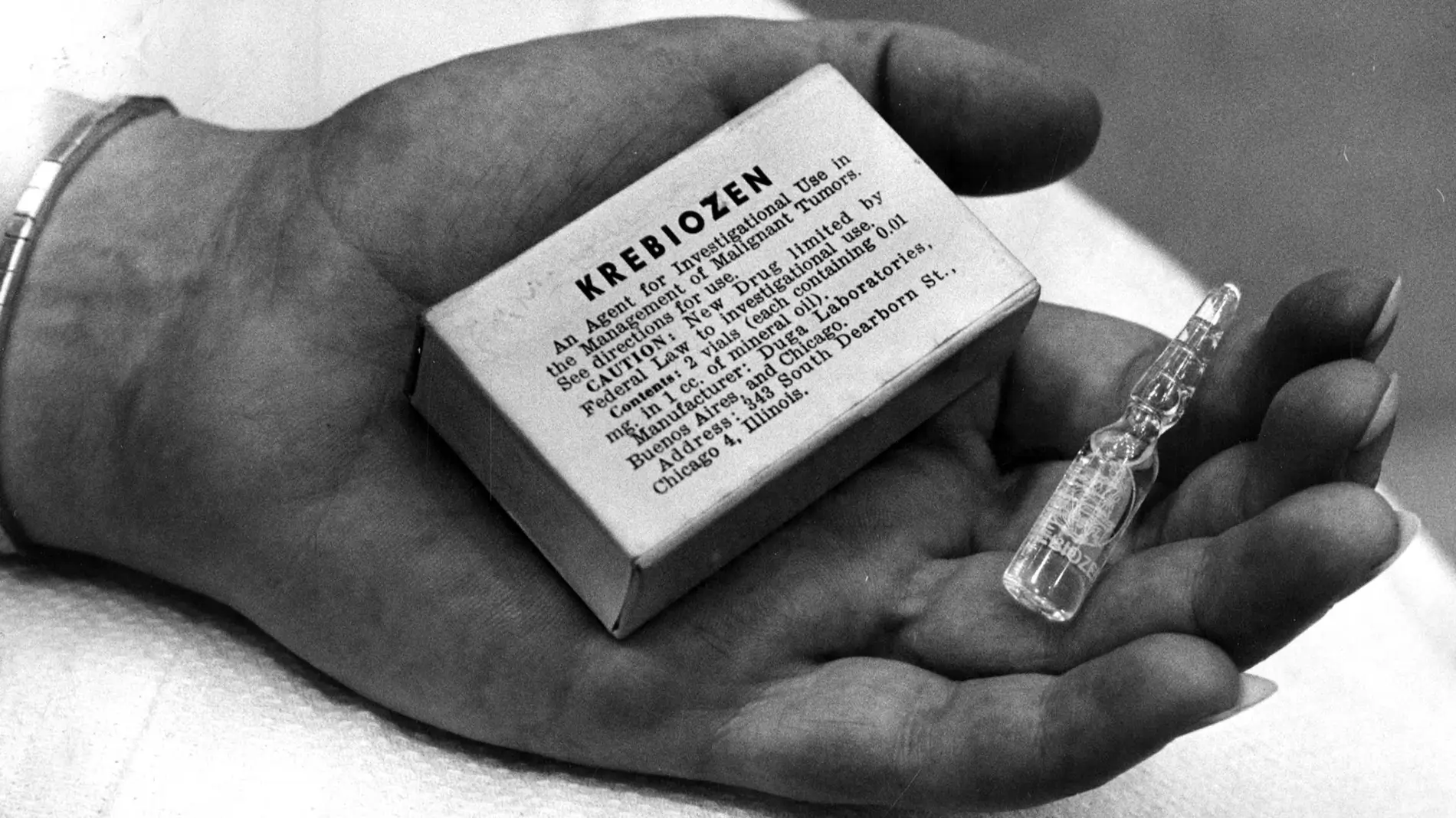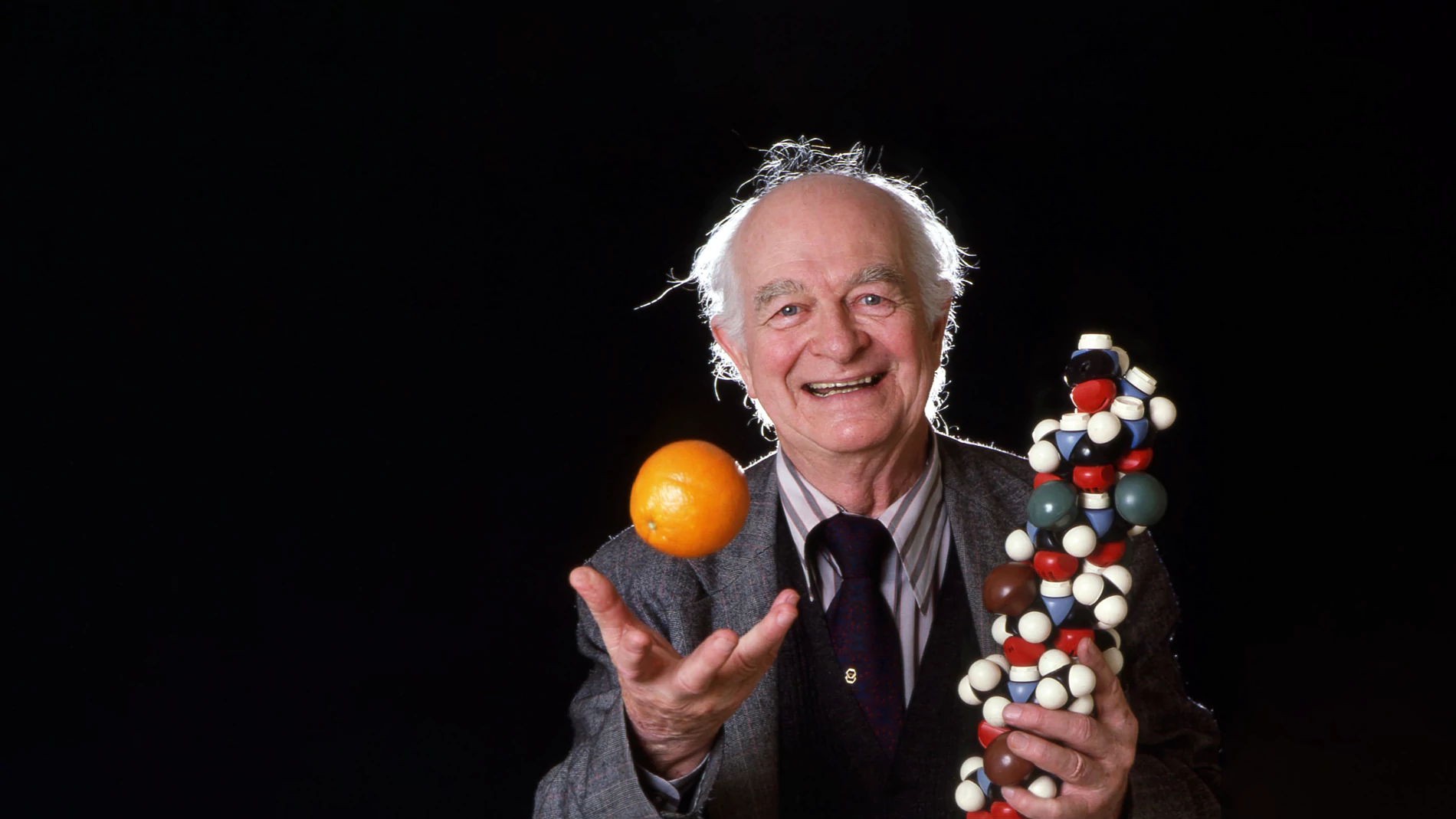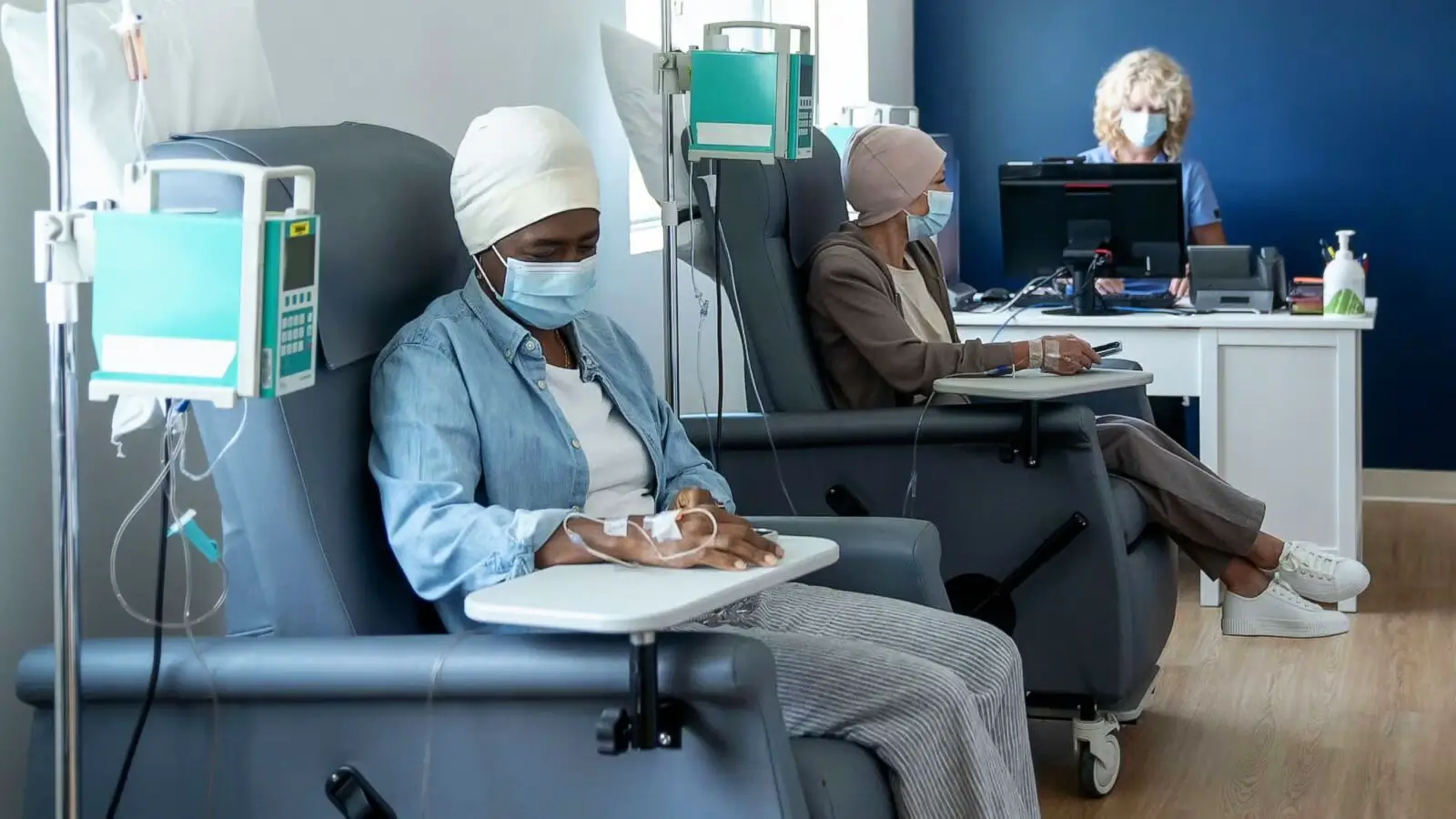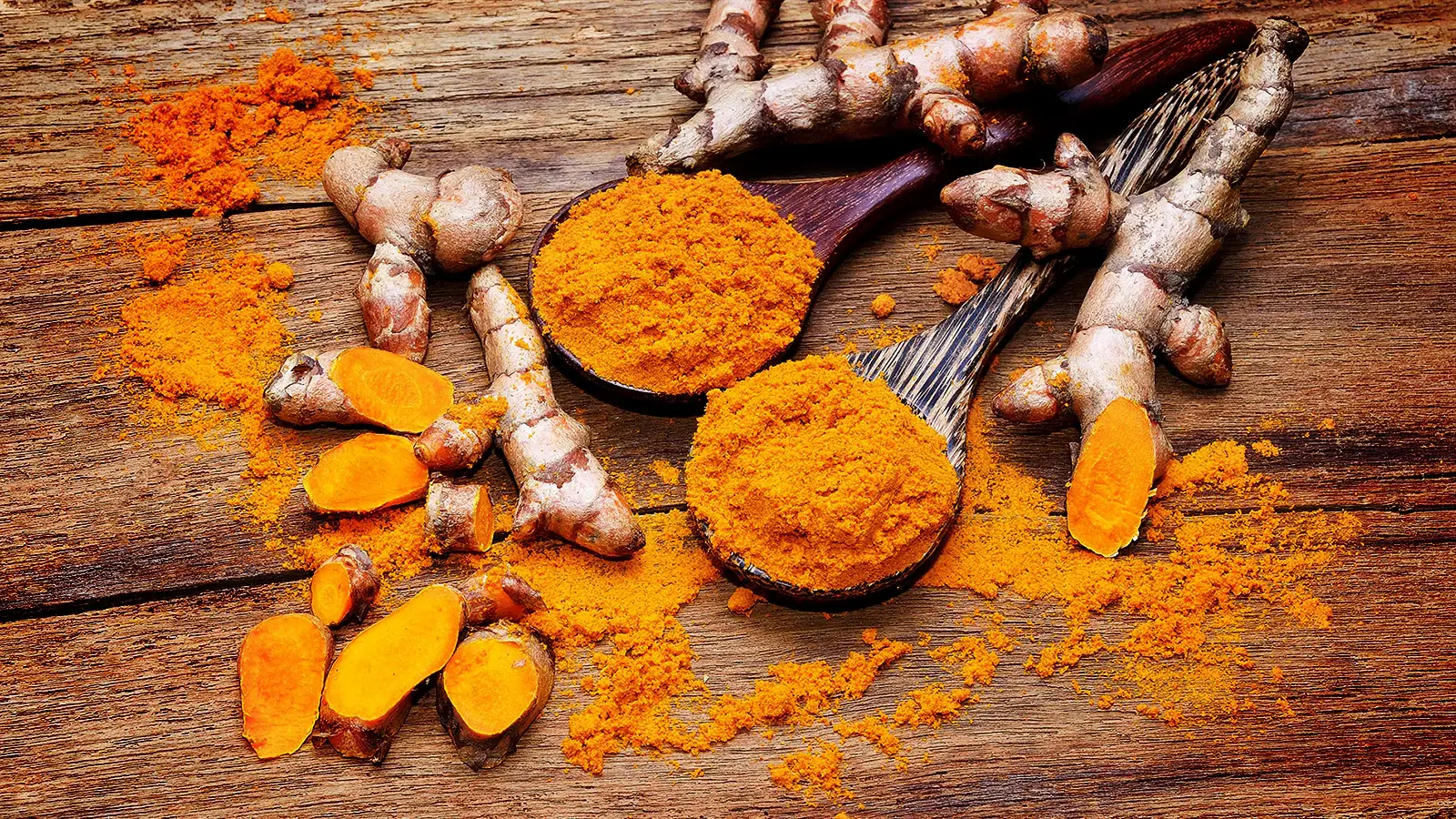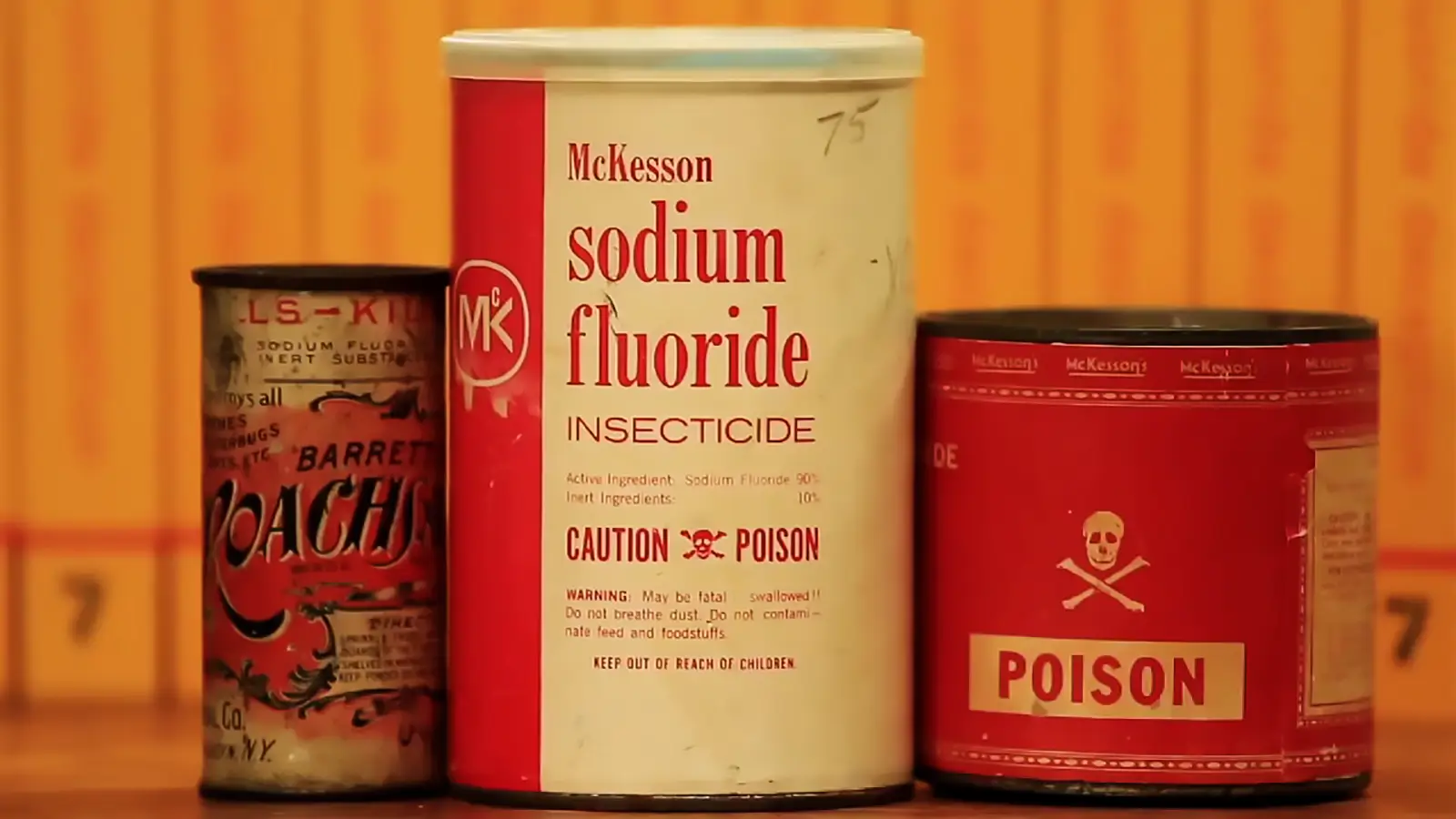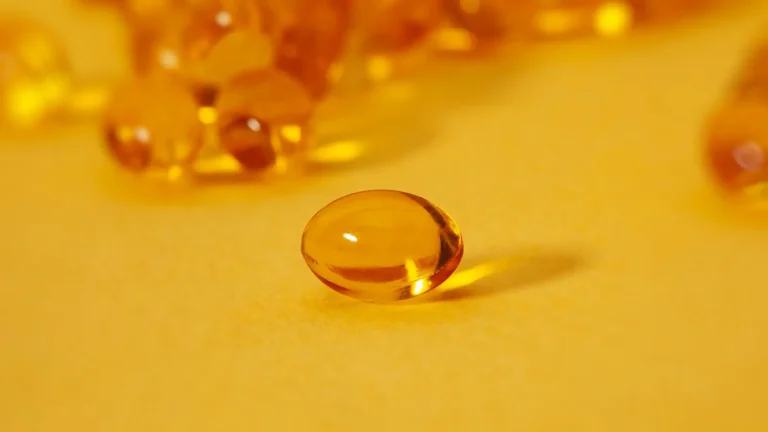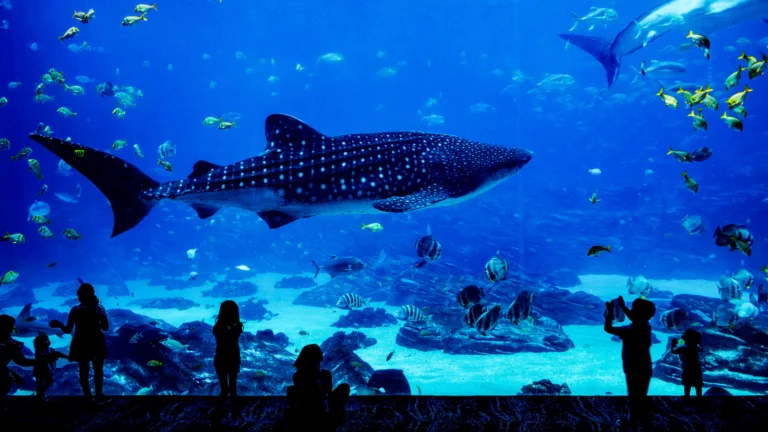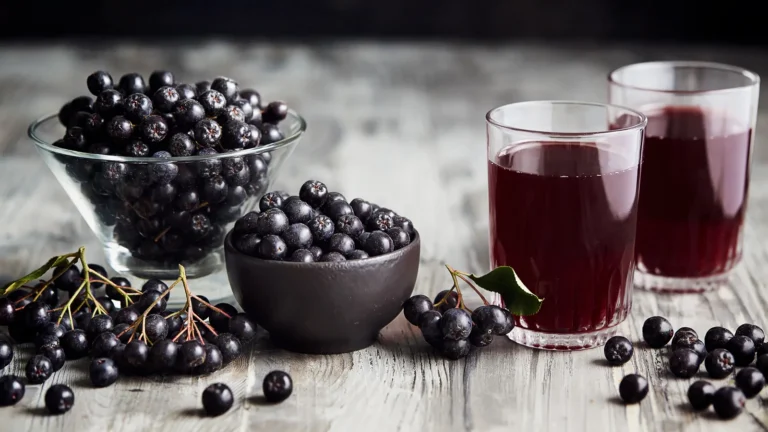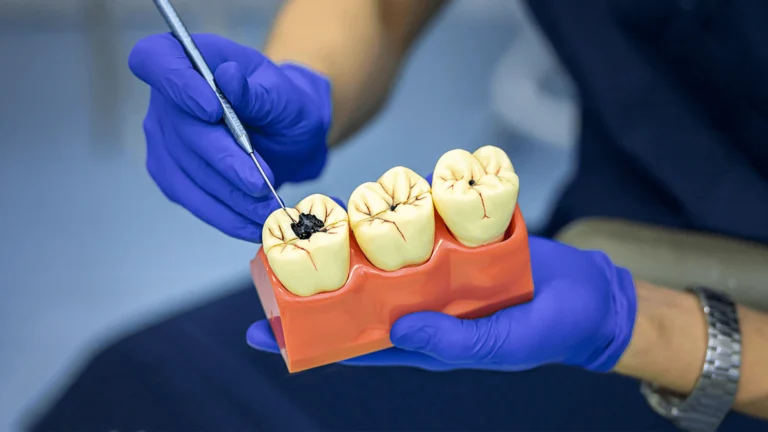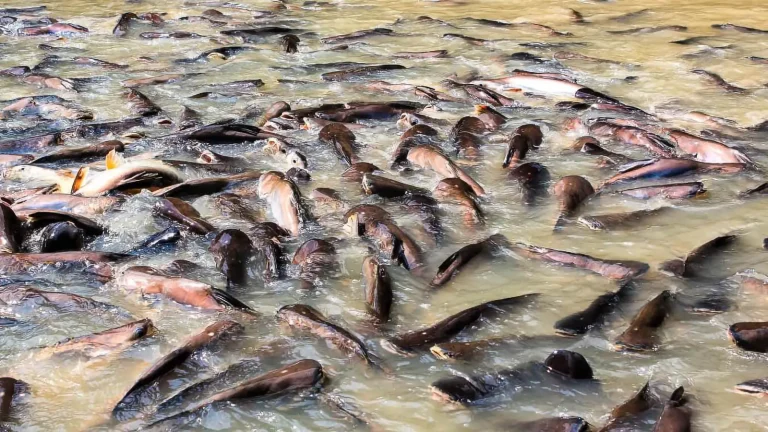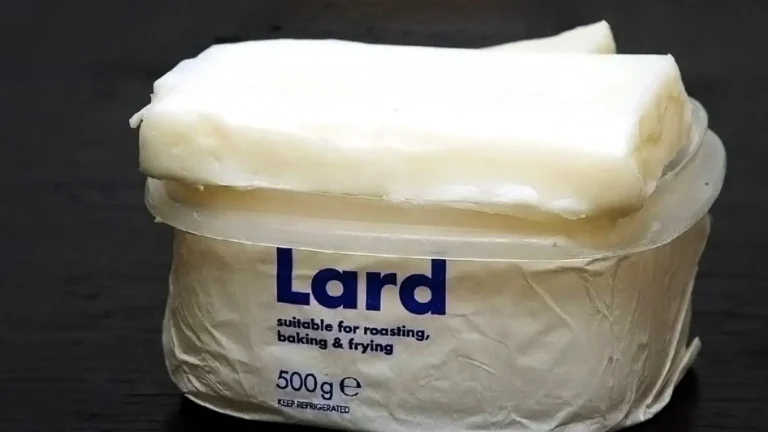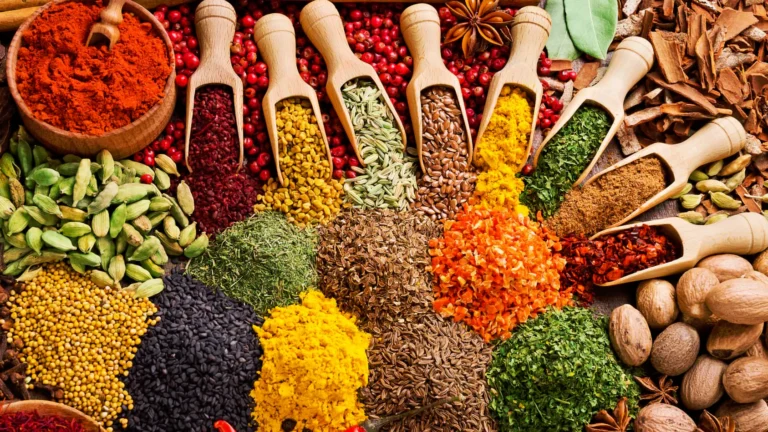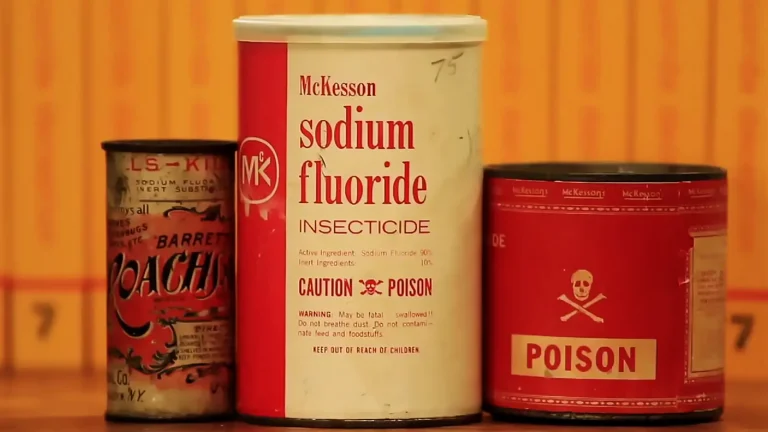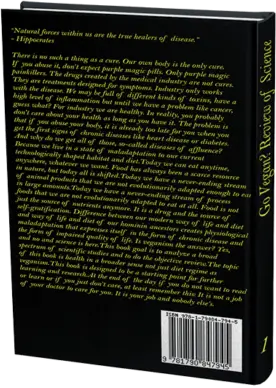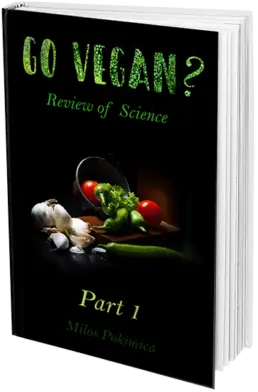El cáncer, La Prohibida Curas - ESSIAC
Essiac es barato. Essiac no es tóxico. Es eficaz. No se puede patentar.
Milos Pokimica
Escrito por: Milos Pokimica
Revisado Médicamente Por: Dr. Xiùying Wáng, M.D.
Actualizado el 28 de mayo de 2023La verdad es falsa. Es un doble lenguaje orwelliano. Las conexiones entre la industria farmacéutica, los elitistas del cártel bancario que poseen esa industria, los establecimientos médicos y los gobiernos han impulsado la agenda no sólo para ganar más dinero, sino para gobernar la condición humana en su conjunto. Hoy en día ha ido tan lejos que se empuja bajo el paraguas de la ONU.
Uno de los aspectos prácticos y no tan "filosóficos" de la agenda es la destrucción sistemática de la industria de la salud natural, y el acceso a los suplementos naturales como golpe final en una guerra contra las plantas que dura más de 100 años. Y no sólo las plantas son un problema porque no se pueden patentar. No se trata de dinero. Es más que eso. Cualquier cura real que destruya la enfermedad de raíz no es algo que la industria quiera, aunque se pueda patentar. No quieren curas, sólo tratamientos que puedan prolongar un poco la vida. Veamos ejemplos de la vida real.
En un pequeño pueblo del norte de Ontario, allá por 1922, empezaron a circular rumores sobre un té que curaba el cáncer y que procedía de los bosques de Ontario. La tribu canadiense de los ojibwa utilizaba originalmente una mezcla. Los indios llamaban a esta mezcla el "té de la vida". Un fatídico día de 1922, el enfermero canadiense especializado en cáncer René Caisse observó tejido cicatricial en el pecho de una anciana inglesa.
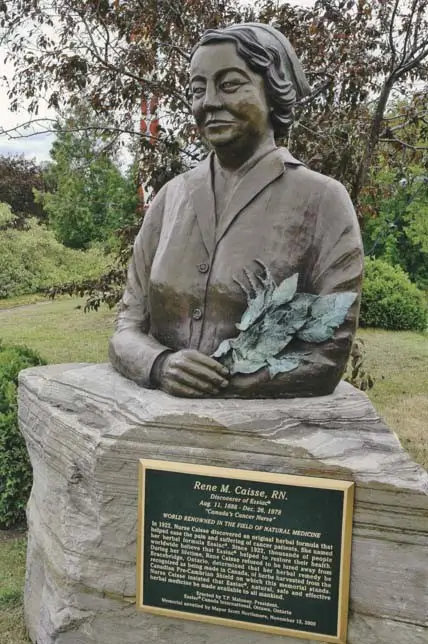
Le diagnosticaron cáncer de mama 30 años antes y lo curó de forma natural sin cirugía, y eso no debería ser posible, ni siquiera hoy en día. La mujer no tenía dinero para ello. Conoció a un curandero indio que le dijo que, según la tradición de su tribu, podían curar la enfermedad con un té.
Bueno, la mujer no tenía nada que perder. Así que probó el té y le funcionó. Todavía estaba viva 30 años después cuando la enfermera Caissie la examinó.
También le dijo los ingredientes del remedio herbal a la enfermera. Un año después de eso, la enfermera Caissie seguía sin hacer nada con el té del que la había hablado, pero un médico local en un paseo le dijo que si el mundo usaba una hierba que acababan de pasar por allí, no habría más cáncer de mama. Era una de las malas hierbas en remedio herbal en ese té de curandero indio.
La "mala hierba" era acedera de oveja.
En 1924 decidió probar el té en su tía. Su tía no tenía nada que perder porque padecía cáncer de estómago y la medicina convencional de la época le daba unos seis meses de vida. Vivió otros 21 años sin cáncer. Más tarde, Rene Caisse (pronunciado "Reen Case") le dio el té a su madre, de 72 años, a la que diagnosticaron un cáncer de hígado inoperable, con sólo unas semanas de vida. Su propia madre se curó y vivió sin cáncer otros 18 años. Después de estos acontecimientos, la enfermera Caisse decidió dejar el hospital y empezó a curar a la gente con una mezcla de hierbas que se conocería como Essiac, que es su apellido escrito al revés.
Pronto la voz se extendió y el número de pacientes empezó a crecer. Cuando el Dr. Bestida de Bracebridge, Ontario, envió a Cassie a su paciente Bert Rosin, ella le curó, y el Dr. Bestida se presentó ante el ayuntamiento y el alcalde y les convenció para que cedieran a la enfermera Caisse el edificio como clínica. Así que crearon la clínica porque Cassie había hecho un gran descubrimiento y querían que recibiera el apoyo de su propia ciudad natal.
Allí trató durante ocho años y medio a pacientes que acudían de todas partes. Trataba a unos seiscientos pacientes a la semana, y la única forma que tenía de hacerlo era de forma gratuita y necesitaba un diagnóstico médico para cada caso que trataba. Ahora imagínense si impusiéramos las mismas reglas a la industria del cáncer de hoy en día.
Sin embargo, fue un tal Dr. Leonardo de Búfalo, que había reconocido inmediatamente el potencial de esta cura contra el cáncer, quien le advirtió de lo que iba a ocurrir. Era cirujano oncológico y preguntó si podía ir a la clínica y examinar a los pacientes para comprobarlo por sí mismo. Después de comprobarlo por sí mismo, le dijo a Cassie que ella lo tenía (la cura), pero que la profesión médica nunca se lo permitiría. Al cabo de un rato de su visita, apareció un pequeño grupo de misteriosos "empresarios" ofreciendo a Cassie la módica suma de un millón de dólares por la fórmula secreta. En aquella época, un millón era una gran suma de dinero. El equivalente a 20 millones en la actualidad. Ahora podemos pensar que se trataba de un soborno para que se callara y se fuera a algún lugar cálido y agradable a jubilarse. Lo que esta gente no estaba dispuesta a garantizar era que su cura estuviera disponible de forma gratuita o disponible en absoluto para las personas que la necesitaran. Sólo querían que la fórmula y ella desaparecieran. La única razón por la que hoy sabemos esto y usted puede leer sobre ello es porque ella se negó. Era emocional y no pragmática. Trataba a la gente gratis en la clínica. ¿Habrías rechazado una oferta así? ¿Quién en su sano juicio lo habría hecho? ¿Cuántas otras curas han sido suprimidas por esta forma de soborno que no conocemos y que nunca conoceremos?
En 1938 su caso fue llevado ante la legislatura para determinar el estatus legal de Essiac. Ella intentaba legalizar su tratamiento. Sus pacientes reunieron 55.000 firmas para una petición. Se presentó un proyecto de ley en la legislatura de Ontario para (supuestamente) "autorizar a Rene Caisse a practicar la medicina en la provincia de Ontario en el tratamiento del cáncer y sus afecciones". El proyecto de ley no fue aprobado. La ira pública obligó a crear una comisión del cáncer para investigar sus remedios, pero todo fue rechazado. Rene Caisse trataba a sus pacientes bajo la supervisión de muchos médicos. Algunos de esos médicos vieron con sus propios ojos lo que este té podía hacer, y ocho de ellos firmaron una petición al Departamento de Salud y Bienestar Nacional en Ottawa, pidiendo que se le dieran facilidades a la enfermera Caisse para hacer investigaciones independientes sobre su descubrimiento. Al principio, René no conocía el control que la industria médico-farmacéutica ejercía sobre los gobiernos. Una vez entregada la petición, fue continuamente amenazada con ser detenida hasta que finalmente se retiró de la escena pública. Mantuvo su clínica todo el tiempo que pudo hasta que impidieron que los médicos dieran el diagnóstico y entonces se vio obligada a parar. Los pacientes seguían acudiendo y en algunos casos le rogaban que los tratara, pero ella no podía hacerlo sin un diagnóstico porque la meterían en la cárcel durante mucho tiempo. Tuvo un ataque de nervios y cerró la clínica.
Essiac era barato. Essiac no es tóxico. No se puede patentar.
Rechazó el soborno.
En un mundo normal, un descubrimiento así sería acogido con las manos abiertas y se investigaría a fondo para ver cuál es la forma de suprimir el cáncer. En este mundo lleno de corrupción, este tipo de cosas se tachan de falsas y peligrosas y, en este caso, los medios de comunicación propiedad de empresas no podían demonizar a la enfermera Cassie porque no cobraba dinero por el tratamiento. Así que se limitaron a desprestigiar tranquilamente la clínica y a etiquetarla como una falsa cura contra el cáncer que la gente debería evitar sin haber realizado ninguna investigación. En ese momento, ella tenía un diagnóstico de los médicos regulares. Tenía resultados patológicos y miles de pacientes vivos que fueron dados de alta de los hospitales normales y enviados a casa a morir. Acudieron a ella en las últimas fases del cáncer y vivieron después de que la profesión médica los hubiera dado por muertos. Y, sin embargo, se negaron a reconocer cualquier beneficio del té Essiac sin ni siquiera una sola investigación realizada.
A día de hoy, la Sociedad Americana del Cáncer afirma que:
"Las revisiones de los historiales médicos de personas que han sido tratadas con Essiac no respaldan las afirmaciones de que este producto ayude a las personas con cáncer a vivir más tiempo o que alivie sus síntomas" y la FDA describió Essiac como una "falsa 'cura' del cáncer que los consumidores deben evitar".
Cancer Research UK también señala que:
" No existen pruebas científicas de que Essiac pueda ayudar a tratar el cáncer o a controlar sus síntomas" e incluso advierte que: "Essiac puede interactuar con algunos tipos de tratamiento contra el cáncer, por lo que es muy importante que se lo digas a tu médico si estás pensando en tomar Essiac".
Cuando se recuperó de la crisis, empezó de nuevo desde cero a elaborar la mezcla de hierbas en su propio sótano y a curar a un pequeño número de pacientes. Pronto el gobierno empezó a acosarla de nuevo y a hacer que la detuvieran más de una vez. Pero la historia se difundió y el médico personal de JFK, el Dr. Charles Brusch, que también era su amigo íntimo y que se trató a sí mismo con Essiac cuando luchó contra el cáncer, le envió una invitación para que probara el Essiac científicamente. Caisse dio algunas muestras de Essiac al Dr. Charles Brusch, que también fue el fundador del Brusch Medical Center de Cambridge, Massachusetts, donde se hicieron las pruebas. Estas primeras pruebas científicas demostraron que el Essiac no era tóxico y que tenía efectos positivos en la supresión del cáncer. En aquel momento, el Dr. Brusch recomendó que se analizara la toxicidad del Essiac para que la FDA lo aprobara como posible tratamiento contra el cáncer.
Una vez que ese té llegó al Centro Oncológico Sloan-Kettering el proceso se atascó de alguna manera. Un laboratorio del Memorial Sloan-Kettering Cancer Center sí probó muestras de Essiac (proporcionadas por Caisse) en ratones durante la década de 1970. Este estudio nunca se publicó formalmente. Los resultados son controvertidos. Hubo retrasos inexplicables, y más retrasos y procesos que nunca llegaron a ninguna conclusión. El Sloan-Kettering Cancer Center es supuestamente uno de los centros de investigación del cáncer más importantes de EEUU. Chester Stock el Co-director del Sloan-Kettering, cuando fue entrevistado por la agencia de noticias, dijo que los resultados que él reportó mostraban que había un porcentaje muy pequeño en el pequeño grupo de regresiones, pero nunca tuvieron la oportunidad de confirmar esto y ver si podían obtener mejores resultados.
Al final, Essiac no fue aprobado por la FDA. Caisse rechazó las ofertas de los investigadores del Memorial Sloan-Kettering y del Instituto Nacional del Cáncer de EE UU para acceder a la receta. Se llegó tan lejos que los propios pacientes empezaron a organizarse para demandar al gobierno y a la FDA en un par de ocasiones. Creían que según la constitución podían meterse cualquier sustancia que quisieran siempre que no supusiera un peligro para los demás y que ni la FDA ni nadie podía decirles lo que podían o no podían usar en su propio cuerpo, así que varios grupos de pacientes se organizaron y demandaron a la FDA por negarles una posible cura.
Las vistas judiciales no llegaron a ninguna parte, y sí se les negaron derechos constitucionales.
El Dr. Frederick Banting, codescubridor de la insulina, se interesó por Essiac e incluso ofreció a la enfermera Caisse instalaciones de investigación para seguir probándolo, pero para entonces René ya había perdido las ganas de luchar. La única mujer en la que Rene Caisse confiaba para que le ayudara a preparar el té Essiac era su mejor amiga, Mary McPherson Según el Dr. Gary Glum, Mary le había prometido a Rene que nunca compartiría la receta con nadie. Fue un tal Dr. Glum quien en 1985 compró la fórmula por $120.000 a uno de los antiguos pacientes de Rene. El Dr. Glum podría haber mantenido la fórmula en secreto y haberse hecho muy rico vendiendo frascos de Essiac. Sin embargo, en 1988 hizo pública la fórmula de forma desinteresada. Al principio, ofreció la fórmula en una cinta de vídeo que anunciaba en su libro, pero los federales confiscaron ilegalmente las cintas antes de que pudiera vender muchas. El Dr. Glum distribuyó gratuitamente la fórmula y la receta de Essiac a todo aquel que le enviara una solicitud por correo. Cuando el Dr. Glum conoció a Mary McPherson en Bracebridge, Ontario, y le explicó en qué consistía la fórmula de la Essiac, se quedó más que sorprendida. Según el Dr. Glum, Mary acabó revelando la fórmula en 1994 porque ya no era un secreto y quería poner fin a la controversia sobre la fórmula Essiac antes de morir.
Por lo tanto, el 23 de diciembre de 1994, la fórmula y la receta "Essiac" entraron oficialmente en el dominio público con la grabación de la declaración jurada de Mary McPherson.
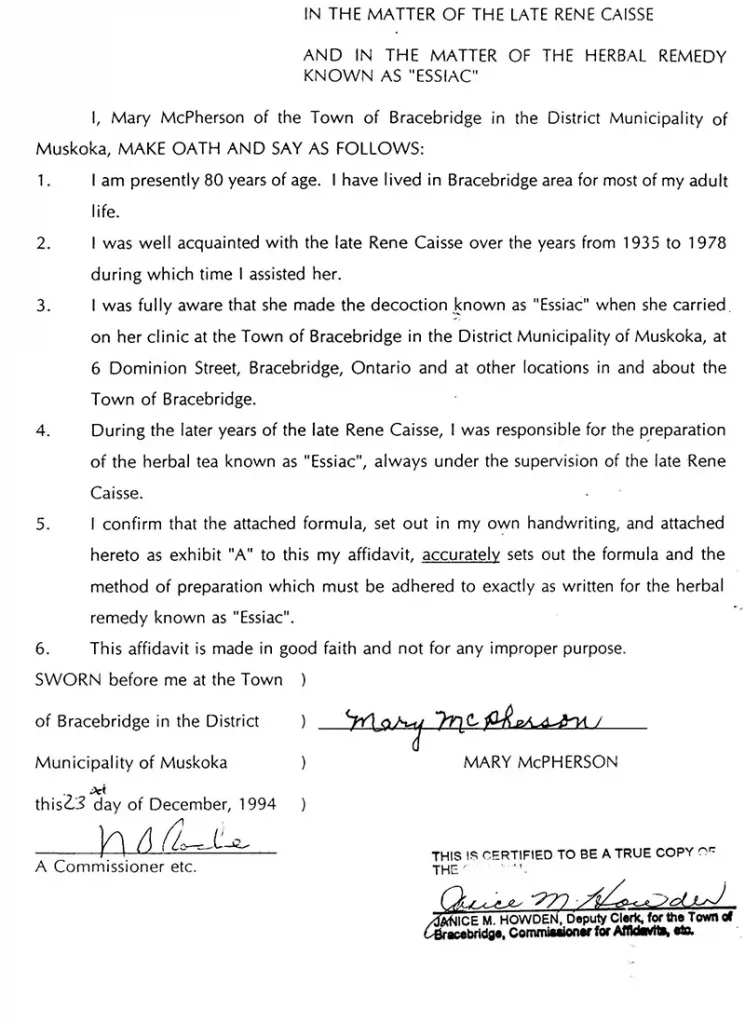
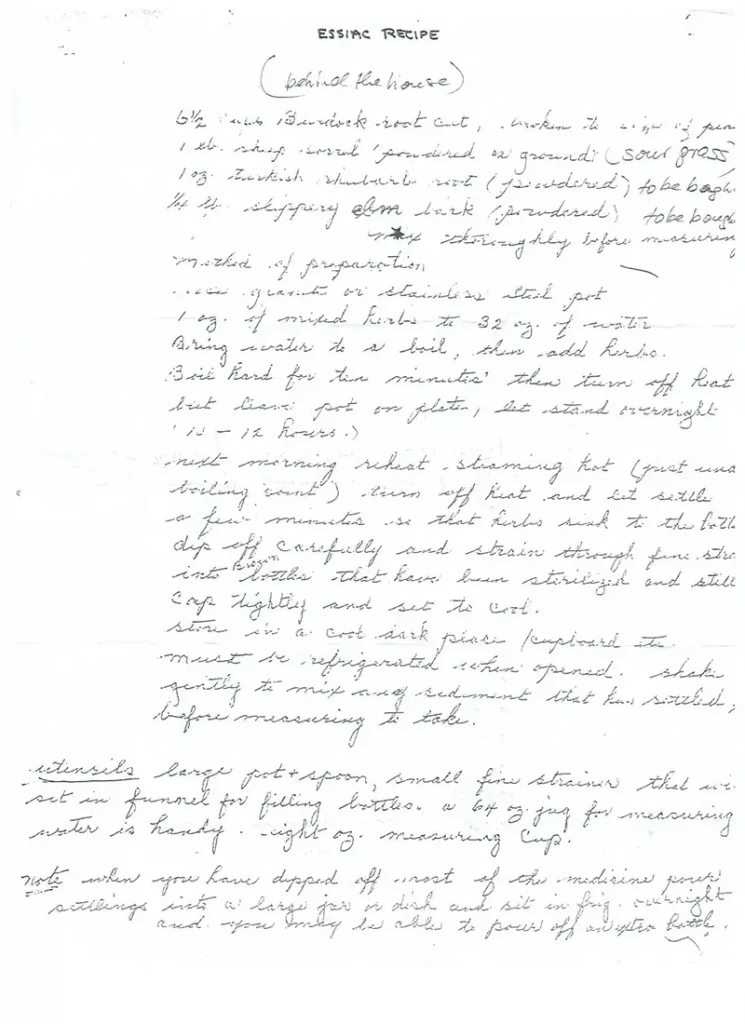
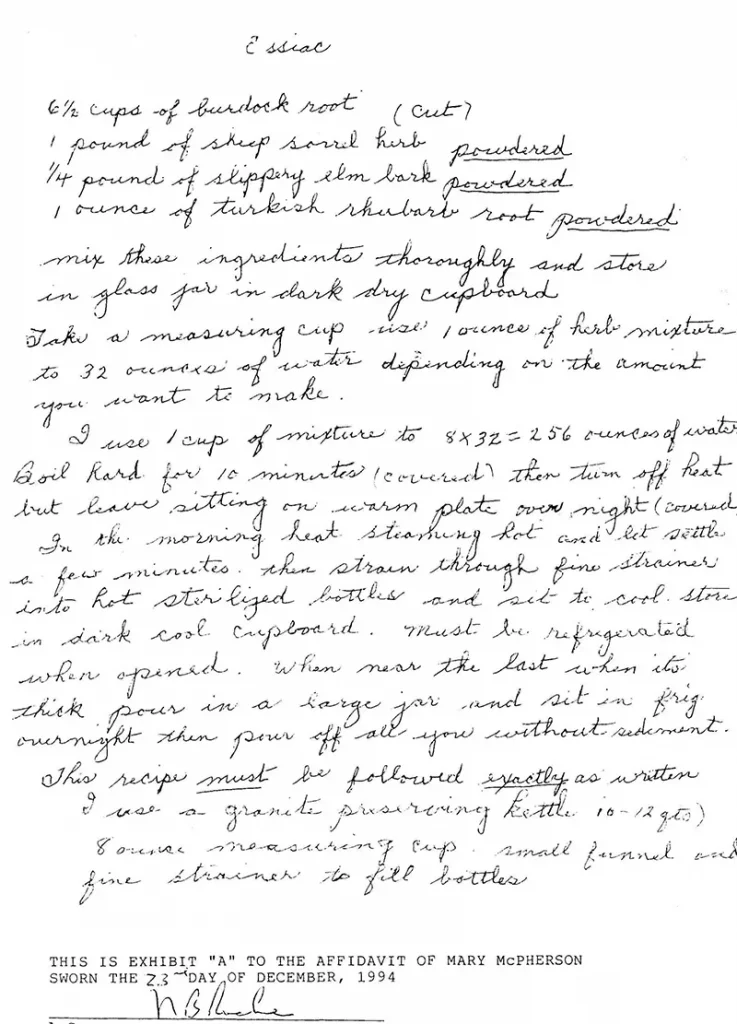
La Essiac incluye una mezcla de distintas hierbas, entre ellas la acedera de oveja (Rumex acetosella), que más tarde se demostró que era la más potente. También contiene corteza interna de olmo (Ulmus fulva), raíz de bardana (Arctium lappa) y ruibarbo turco (Rheum palmatum).
El olmo resbaladizo es la única hierba Essiac autóctona de Norteamérica. El ruibarbo de Turquía (Rheum palmatum) es originario de China y el Tíbet, no del norte de Ontario, por lo que parece poco probable que formara parte de la fórmula original de hierbas autóctonas del curandero a finales del siglo XIX. Al parecer, tanto la bardana como la acedera de oveja fueron traídas a este continente desde Europa por los primeros colonos, que luego transmitieron sus conocimientos sobre estas dos hierbas a las tribus locales. Con el tiempo, la bardana y la acedera de oveja se extendieron por toda Norteamérica allí donde el agua era suficiente. René Caisse indicó que la acedera de oveja era una de las hierbas originales, por lo que parece que la acedera de oveja había emigrado a "las tierras salvajes del norte de Ontario" antes de la década de 1890. La bardana también podría haberse establecido en el norte de Ontario para entonces. René Caisse consideraba que la acedera de oveja era la más activa contra el cáncer entre todas las hierbas presentes en su fórmula. El Dr. Chester Stock compartía ese punto de vista en el Sloan-Kettering. El Dr. Stock realizó algunos estudios sobre los beneficios de la acedera de oveja durante más de tres años a mediados de los setenta.
Hierba Volumen Peso Forma Receta %
Raíz de bardana del tamaño de un guisante cortada al 53%.
Acedera de Oveja en polvo al 36%.
Corteza de olmo resbaladizo en polvo 9%.
Raíz de ruibarbo de Turquía en polvo 2%.s
En 2012, se realizó un estudio en Hungría. Los resultados de un estudio realizado en Hungría se publicaron y mostraron que la hierba acedera de las ovejas, y varios de sus parientes acedera, demostraron una actividad inhibidora del crecimiento celular sustancial (al menos 50% de inhibición de la proliferación celular) contra una o más líneas celulares cancerosas.
Un punto para los herbolarios.
Una encuesta realizada en el año 2000 reveló que aproximadamente el 15% de las mujeres canadienses con cáncer de mama consumían Essiac. También se ha hecho popular en personas con enfermedades inmunitarias como el VIH y la diabetes y como infusión habitual. Algunas medidas preventivas en personas con problemas de salud. Las investigaciones realizadas desde la muerte de Caisse aportaron algunos datos.
Las hierbas utilizadas en la elaboración de Essiac poseen antioxidante y propiedades anticancerígenas, según una investigación realizada en el Instituto Europeo de Oncología. Los resultados se publican en el número de marzo de 2006 de la revista Journal of Ethnopharmacology. Los investigadores descubrieron que cuatro de las hierbas de Essiac demostraban poderes naturales de protección contra el cáncer.
Por último, una búsqueda rápida en el archivo PubMed puede darnos un par de estudios como (Ottenweller et al., 2004). Examinaron la línea celular cancerosa y las células del bazo in vitro que habían sido aisladas de ratones para examinar las respuestas de proliferación mediadas por la adición de un Essiac. Encontraron una disminución de la proliferación tanto de la línea celular de próstata transformada no cancerosa como de la cancerosa cuando el Essiac estaba presente en los medios de cultivo, lo que significa que el té impidió que todas las células se dividieran, pero el porcentaje de inhibición de las células cancerosas fue mayor que el porcentaje de inhibición de las células normales, lo que implica que el Essiac puede tener un efecto selectivo adicional sobre las células cancerosas. Además, los efectos del Essiac se midieron en un ensayo de proliferación de linfocitos T inmunitarios. En dosis bajas de Essiac, se demostró un aumento de la proliferación de estas células T, pero en dosis más altas, Essiac fue inhibidor de la proliferación de células T. Esto significa que Essiac s puede ser capaz de inhibir el crecimiento de células tumorales al tiempo que mejora la respuesta inmune. Esto puede ser especialmente importante en individuos inmunodeprimidos. Como en el VIH.
En este estudio(Seely et al., 2007). El Essiac mostró una antioxidante mostró importantes efectos inmunomoduladores, en concreto mediante la estimulación de la fagocitosis de granulocitos y la inhibición moderada de las vías inflamatorias. El esenio mostró una citotoxicidad celular específica significativa contra las células de carcinoma epitelial de ovario (lo que significa que mata el cáncer). Concluyeron que este estudio era la primera investigación exhaustiva de los efectos in vitro del Essiac y que el análisis in vitro del Essiac indica importantes propiedades antioxidantes e inmunomoduladoras, así como citotoxicidad específica de la célula neoplásica (una célula que forma parte del tumor) (específica para matar sólo la célula cancerosa), lo que concuerda con las propiedades históricas atribuidas a este compuesto. También hay otros estudios que no encontraron nada e incluso un estudio que encuentra un mayor riesgo de cáncer de mama (Kulp et al., 2006).
De nuevo tenemos datos científicos contradictorios. Cien años después de la aparición del Essiac todavía no tenemos una imagen clara. En un mundo donde supuestamente hay cientos de millones de dólares de gasto en investigación del cáncer al año (la razón por la que todos estos medicamentos contra el cáncer supuestamente cuestan tanto) de alguna manera es difícil hacer un simple examen de té y la investigación. O cualquier otro examen para curas "alternativas" para el caso.
La respuesta de la FDA es que la razón por la que no los prueban es que no quieren dar credibilidad a los charlatanes. Y mienten. No quieren dar a las "alternativas" ninguna oportunidad de demostrar su eficacia porque no están ahí para protegerte o curarte.
Están ahí para proteger el gran negocio farmacéutico de Rockefeller. Hay muchos casos que se pueden citar en relación con las investigaciones del Congreso Acabo de utilizar Essiac como un ejemplo. Si quieres puedes ir y leer 1963 audiencias del senador Paul Douglas de Illinois sobre Krebiozen.
Referencias:
- Ottenweller, J., Putt, K., Blumenthal, E. J., Dhawale, S., & Dhawale, S. W. (2004). Inhibition of prostate cancer-cellation by Essiac. Revista de medicina alternativa y complementaria (Nueva York, N.Y.), 10(4), 687-691. https://doi.org/10.1089/acm.2004.10.687
- Seely, D., Kennedy, D. A., Myers, S. P., Cheras, P. A., Lin, D., Li, R., Cattley, T., Brent, P. A., Mills, E., & Leonard, B. J. (2007). Análisis in vitro del compuesto de hierbas Essiac. Investigación contra el cáncer, 27(6B), 3875-3882. [PubMed]
- Kulp, K. S., Montgomery, J. L., Nelson, D. O., Cutter, B., Latham, E. R., Shattuck, D. L., Klotz, D. M., & Bennett, L. M. (2006). Essiac and Flor-Essence herbal tonics stimulate the in vitro growth of human breast cancer cells. Investigación y tratamiento del cáncer de mama, 98(3), 249-259. https://doi.org/10.1007/s10549-005-9156-x
Contenidos Relacionados
¿Tienes alguna duda acerca de la nutrición y la salud?
Me encantaría saber de usted y responderlas en mi próxima publicación. Agradezco sus aportes y opiniones y espero tener noticias suyas pronto. También te invito a síguenos en Facebook, Instagram y Pinterest para más contenidos sobre dieta, nutrición y salud. Puedes dejar un comentario allí y conectar con otros entusiastas de la salud, compartir tus consejos y experiencias, y recibir apoyo y ánimo de nuestro equipo y nuestra comunidad.
Espero que este post le haya resultado informativo y ameno y que esté preparado para aplicar los conocimientos adquiridos. Si le ha resultado útil, por favor compártelo con tus amigos y familiares que también podrían beneficiarse de ella. Nunca se sabe quién puede necesitar orientación y apoyo en su camino hacia la salud.
– También Te Puede Interesar –
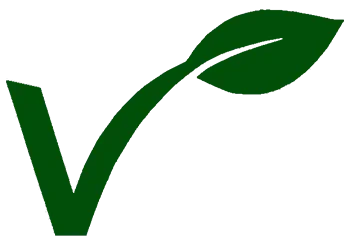
Aprenda Sobre Nutricion
Milos Pokimica es doctor en medicina natural, nutricionista clínico, escritor sobre salud médica y nutrición y asesor en ciencias de la nutrición. Autor de la serie de libros Go Vegan? Revisión de la Ciencia, también dirige el sitio web sobre salud natural GoVeganWay.com.
Descargo De Responsabilidad Médica
GoVeganWay.com le ofrece reseñas de las últimas investigaciones relacionadas con la nutrición y la salud. La información proporcionada representa la opinión personal del autor y no pretende ni implica sustituir el asesoramiento, diagnóstico o tratamiento médico profesional. La información proporcionada tiene fines informativos únicamente y no pretende sustituir la consulta, el diagnóstico y/o el tratamiento médico de un médico o proveedor de atención médica calificado.NUNCA ignore el CONSEJO MÉDICO PROFESIONAL O RETRASAR la BÚSQUEDA de TRATAMIENTO MÉDICO a CAUSA DE ALGO QUE HAYA LEÍDO EN O accesibles a TRAVÉS de GoVeganWay.com
NUNCA APLICAR CUALQUIER cambio de ESTILO de vida O CAMBIOS EN su totalidad COMO UNA CONSECUENCIA DE ALGO QUE HA LEÍDO EN GoVeganWay.com ANTES de CONSULTAR con LICENCIA PROFESIONAL MÉDICO.
En el caso de una emergencia médica, llame a un médico o al 911 inmediatamente. GoVeganWay.com no se recomienda ni aprueba ninguna de los grupos, las organizaciones, las pruebas, los médicos, productos, procedimientos, opiniones u otra información que pueda ser mencionado en el interior.
Selecciones del editor –
Milos Pokimica es escritor especializado en salud y nutrición y asesor en ciencias nutricionales. Autor de la serie de libros Go Vegan? Revisión de la Ciencia, también dirige el sitio web sobre salud natural GoVeganWay.com.
Últimos artículos -
Top Noticias De Salud — ScienceDaily
- Why consciousness exists at allen diciembre 15, 2025
Consciousness evolved in stages, starting with basic survival responses like pain and alarm, then expanding into focused awareness and self-reflection. These layers help organisms avoid danger, learn from the environment, and coordinate socially. Surprisingly, birds show many of these same traits, from subjective perception to basic self-awareness. This suggests consciousness is far older and more widespread than once believed.
- AI found a way to stop a virus before it enters cellsen diciembre 15, 2025
Researchers discovered a hidden molecular “switch” that herpes viruses rely on to invade cells. By combining AI, simulations, and lab experiments, they identified and altered a single amino acid that shut down viral entry. What once might have taken years was achieved far faster using computational tools. The findings open new possibilities for designing future antiviral treatments.
- New study shows some plant-based diets may raise heart disease risken diciembre 15, 2025
Researchers tracking over 63,000 adults found that high-quality, minimally processed plant foods significantly reduce cardiovascular risk. But when those plant foods are ultra-processed, the advantage disappears—and can even backfire. Some ultra-processed plant diets increased risk by 40%. The study urges a shift toward whole, naturally nutrient-rich plant foods.
- These simple habits could make your brain 8 years younger, study findsen diciembre 15, 2025
New research shows that your brain’s “true age” can shift dramatically depending on how you live, with optimism, restorative sleep, stress management, and strong social support acting like powerful anti-aging tools. Using advanced MRI-based brain-age estimates, scientists found that people with multiple healthy lifestyle factors had brains up to eight years younger than expected — even among those living with chronic pain.
- Anxiety and insomnia linked to sharp drops in key immune cellsen diciembre 15, 2025
Natural killer cells act as the immune system’s rapid-response team, but the stress of anxiety and insomnia may be quietly thinning their ranks. A study of young women in Saudi Arabia found that both conditions were linked to significantly fewer NK cells—especially the circulating types responsible for destroying infected or abnormal cells. As anxiety severity increased, NK cell levels dropped even further, suggesting a stress-driven weakening of immune defenses.
- Cannabis compounds show unexpected power against ovarian canceren diciembre 15, 2025
Scientists have discovered that key compounds from cannabis—CBD and THC—show surprisingly strong effects against ovarian cancer cells. Used together, they slow cell growth, reduce colony formation, and may even block the cancer’s ability to spread. Even more promising, the treatment caused minimal harm to healthy cells and appears to work by restoring a disrupted signaling pathway that fuels tumor growth.
- Mayo Clinic neurosurgeon reveals 8 back pain myths to stop believingen diciembre 15, 2025
Back pain is wrapped in persistent myths, but many are far from the truth. From misconceptions about heavy lifting and bed rest to confusion over posture, exercise, and surgery, Dr. Meghan Murphy breaks down what really causes pain and what actually helps. Her insights reveal that everyday habits, movement, and smart prevention often make a bigger difference than people realize.
PubMed, #Dieta vegana –
- Healthful and Unhealthful Plant-Based Diets and Their Association with Cardiometabolic Targets in Women Diagnosed with Breast Cancer: A Cross-Sectional Analysis of a Lifestyle Trialen diciembre 11, 2025
CONCLUSIONS: Maintaining cardiometabolic risk factors within normal ranges is clinically relevant in BCS, and this may be more likely when a plant-based diet is consumed, especially if low in unhealthy plant foods.
- Dietary and Lifestyle Patterns and Their Associations with Cardiovascular and Inflammatory Biomarkers in Vegans, Vegetarians, Pescatarians, and Omnivores: A Cross-Sectional Studyen diciembre 11, 2025
Background: Plant-based diets are associated with reduced cardiometabolic risk, yet the influence of lifestyle behaviors on these benefits remains insufficiently understood. Objective: To assess the combined impact of dietary patterns and lifestyle behaviors on body composition, lipid profiles, and inflammatory biomarkers in healthy young adults. Methods: In this cross-sectional study, 155 participants aged 18-39 years were categorized into four dietary groups: vegans (n = 48), vegetarians (n […]
- Functional and Nutritional Properties of Lion’s Mane Mushrooms in Oat-Based Desserts for Dysphagia and Healthy Ageingen diciembre 11, 2025
Hericium erinaceus (Lion’s Mane mushroom) is a medicinal species recognised for its neuroprotective and antioxidant properties. This study investigated its potential as a functional ingredient in oat milk-based desserts formulated for individuals with dysphagia. Freeze-dried Lion’s Mane powder (LMP), containing high-quality protein (~16%, amino acid score 88%), dietary fibre (~31%), and phenolic compounds (72.15 mg GAE/g), was incorporated at varying levels using gelatin or iota-carrageenan […]
- “A football team with no midfield”: A qualitative analysis of anti-vegan stigma in Italyen diciembre 7, 2025
A growing body of research has demonstrated the prevalence of unfavourable attitudes towards individuals who adhere to a vegan diet and has provided empirical evidence to support the existence of an anti-vegan ideology. The present study aims to contribute to extant knowledge by examining the social perception of veganism and vegans in Italy. Italy is a nation characterised by a traditional culture of food that serves as a significant catalyst for collective identification and national pride….
- Plant-based dietary index on the Mediterranean and a vegan diet: a secondary analysis of a randomized, cross-over trialen diciembre 5, 2025
CONCLUSION: These findings suggest that, replacing animal products even with the “unhealthful” plant-based foods on a vegan diet was associated with weight loss.
Publicaciones aleatorias –
Publicaciones destacadas -
La última versión desde PubMed, #Dieta basada en plantas –
- Identification of effective plant-based oils for use in aquafeed: An evaluation of impact on gamete quality and developmental success using zebrafish (Danio rerio) as a screening organismpor Seyed-Mohammadreza Samaee en diciembre 14, 2025
To evaluate the effectiveness of zebrafish as a screening system for identifying appropriate plant oils (POs) for aquafeed, Artemia nauplii (AN) were enriched with three single- cultivar olive oils (OO): Koroneiki, Parseh, and Arghavan. The resulting AN (ANKor, ANPar, ANArg, and AN36 [36 h starved AN, control]) were then fed to 360 fish (3.5 cm) for one month. The fatty acid (FA) profile of the AN was reflected in the ova and influenced both sperm motility and density, which in turn affected […]
- The Effect of Dietary Interventions on Human Vascular Function in the Context of Acute Psychological Stress: A Scoping Reviewpor Rosalind Baynham en diciembre 14, 2025
Episodes of acute psychological stress increase the risk for cardiovascular diseases, partially through stress-induced impairments in vascular function. During psychologically stressful periods, individuals are more likely to consume unhealthy foods and fewer fruits and vegetables. Yet, the impact of dietary choices and their nutritional composition on vascular function in the context of psychological stress is unclear. In this scoping review, comprehensive database searches were carried out […]
- Plant-based diets, gut microbiota, blood metabolome, and risk of colorectal, liver and pancreatic cancers: results from a large prospective cohort study of predominantly low-income Americanspor Fangcheng Yuan en diciembre 14, 2025
CONCLUSIONS: A diet high in healthy plant foods and low in animal foods was inversely associated with liver cancer risk and with CRC risk among screening-naïve participants. These associations may be partly mediated through gut microbiota and systemic metabolism.
- Vegetarian diet and likelihood of becoming centenarians in Chinese adults aged 80 years or older: a nested case-control studypor Yaqi Li en diciembre 14, 2025
CONCLUSIONS: Targeting individuals of advanced age (80+ years) in China, we found that individuals following vegetarian diet had lower likelihood of becoming centenarians relative to omnivores, underscoring the importance of a balanced high-quality diet with animal- and plant-derived food composition for exceptional longevity, especially in the underweight oldest-old.
- Priority of nutrition and exercise in depression management: triangulating mini-review of past and recent evidence with clinical practice guidelinespor Shannon Rogers en diciembre 14, 2025
CONCLUSIONS: Disparities that exist in leading depression management guidelines vis-à-vis inclusion of evidence-informed nutrition and PA/PE recommendations, warrant reconciliation. Evidence supporting anti-depressant WFPB nutrition and limiting pro-inflammatory animal-sourced food and UPF and supporting anti-inflammatory aerobic exercise and resistance training warrants being translated into national/international depression management guidelines as consistently as recommendations for…
- The effect of a diet based on vegetable and dairy protein on biochemical and functional indicators of sarcopenia in patients with liver cirrhosis: a randomized controlled trialpor Mahdiyeh Taghizadeh en diciembre 13, 2025
CONCLUSIONS: In conclusion, a vegetable and dairy protein-based diet effectively inhibited significant elevations in ammonia levels compared to the standard diet in persons with liver cirrhosis; however, anthropometric parameters and muscle function did not differ between two groups.
